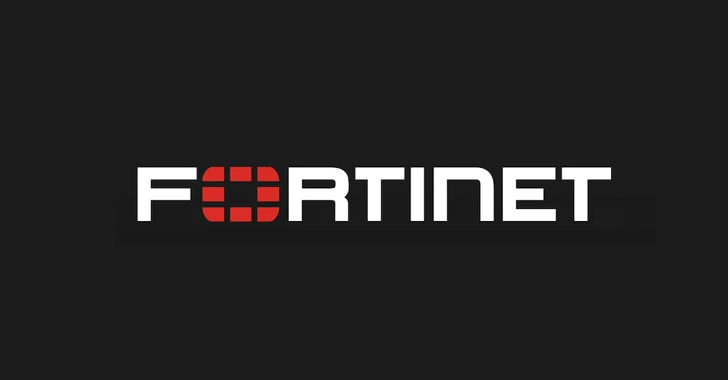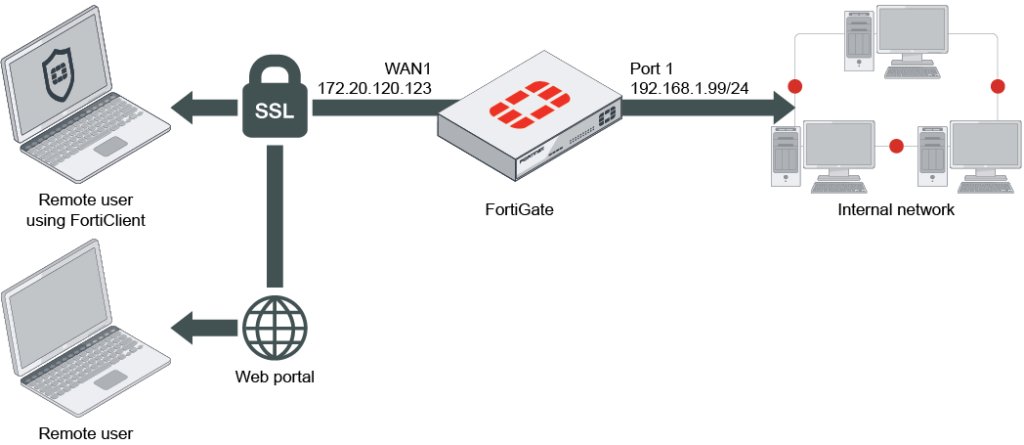FortiGate firewalls are a popular choice for organisations of all sizes, offering robust security features, flexible deployment options, and strong, scalable hardware. However, staying on top of firmware updates, potential vulnerabilities, and hardware end-of-life (EOL) announcements is crucial for maintaining an optimal security posture. Fortinet firewalls and switches can be utilised to create a security-focused environment. This blog post explores these key aspects of managing FortiGate firewalls effectively.

Firmware Updates: Security and Performance Enhancements
Regular firewall firmware updates are essential for keeping your FortiGate firewall secure and performing optimally. These updates typically include:
- Security patches: Fixing vulnerabilities identified in the operating system and security features.
- New features and functionality: Expanding the capabilities of your firewall.
- Bug fixes: Addressing performance issues and other software bugs.
Fortinet recommends following their update schedule, which varies depending on the firmware version and security risk level. Thoroughly test updates in a non-production environment before deploying them on any live network.
Careful consideration should be taken before applying any feature updates. These can often contain unexpected bugs, and can occasionally negatively impact the network and security. Mature firmware versions should be preferred to ensure a more stable platform.
SSL-VPN Vulnerabilities: Proactive Measures for Remote Access
Secure Sockets Layer Virtual Private Network (SSL-VPN) allows users to securely connect to your network remotely. However, like any technology, SSL-VPN services can be susceptible to vulnerabilities.
Here are key steps to mitigate SSL-VPN related risks:
- Update firmware promptly: Address known vulnerabilities by patching your firmware regularly.
- Disable unused features: Reduce the attack surface by disabling unused SSL-VPN features, e.g. Web Portals.
- Enforce strong authentication: Implement multi-factor authentication for SSL-VPN access.
- Monitor logs and alerts: Stay vigilant by monitoring logs and alerts for suspicious activity. Consider sending logs to a SIEM solution for active monitoring.
- Regularly review vendor specific advisories and notifications: Visit the vendor websites and news websites to locate

Hardware End-of-Life: Planning for the Future
Fortinet announces hardware EOL dates well in advance, providing ample time for organisations to plan their upgrade strategy. Continuing to use EOL hardware poses significant security risks as they no longer receive firmware updates or support.
Here’s how to prepare for hardware EOL:
- Identify EOL dates: Check your firewall model’s lifecycle information on the Fortinet website.
- Evaluate upgrade options: Choose a new model that meets your evolving security and performance needs.
- Develop a migration plan: Outline the steps and timeline for transitioning to the new hardware.
By understanding firmware updates, SSL-VPN vulnerabilities, and hardware EOL considerations, you can effectively manage your FortiGate firewall and ensure it continues to provide optimal security for your network. Remember, proactive measures are key to maintaining a strong security posture in today’s ever-evolving threat landscape.
External Resources
FortiGuard PSIRT Advisories: https://www.fortiguard.com/psirt
FortiGate Lifecycle Status: https://support.fortinet.com/Information/ProductLifeCycle.aspx